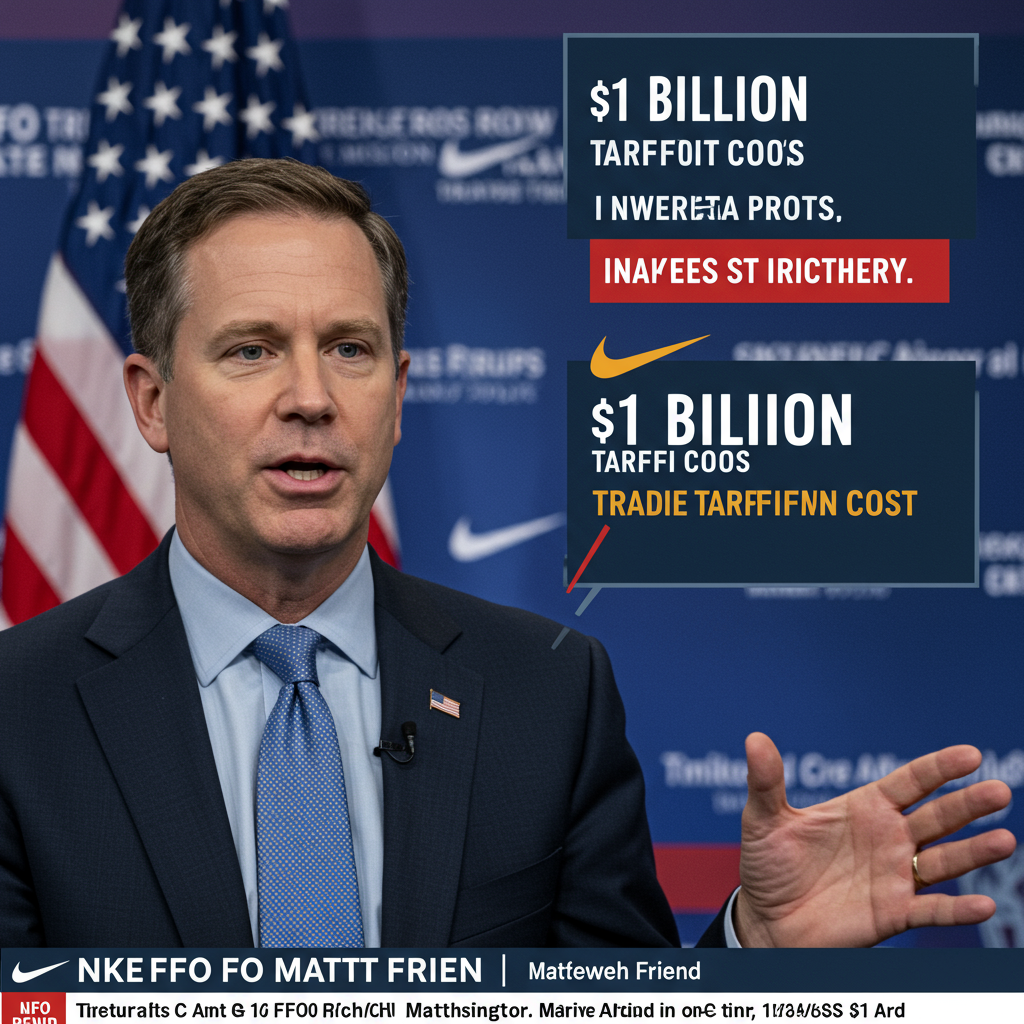microsoft is undertaking another significant workforce reduction. The technology giant confirmed plans to eliminate up to 9,000 jobs. This decision represents approximately 4% of its vast global employee base, which numbers around 228,000 staff members. It marks the latest in a series of job cuts implemented by the company throughout 2025.
This round of redundancies follows previous cuts this year. Microsoft initiated three other layoff phases earlier in 2025. Notably, the company announced plans in May to cut about 6,000 roles. These cumulative reductions highlight a strategic shift occurring within the company.
Microsoft executives stated the layoffs are part of ongoing “organizational changes.” These changes are deemed necessary to “best position the company and teams for success in a dynamic marketplace.” The stated goals include reducing layers of management and streamlining products, procedures, and roles. This aims to increase agility and effectiveness.
Key Divisions Affected by the Cuts
While Microsoft did not provide a comprehensive list of affected divisions, reports suggest certain areas will see significant impact. The Xbox video gaming unit is expected to be hit. Phil Spencer, head of Xbox, reportedly informed staff about restructuring plans. The division will “end or decrease work in certain areas.” This includes removing management layers, aligning with broader corporate directives. The King subsidiary, known for mobile games, will specifically lay off 200 employees.
Sales and customer-facing roles are also anticipated to see reductions. Geographically, the layoffs are concentrated in microsoft’s home state of Washington. Official state data shows over 800 positions eliminated in the Seattle metropolitan area. This includes major Microsoft hubs like Redmond and Bellevue.
Investing Billions in Artificial Intelligence
These workforce reductions coincide with Microsoft’s aggressive push into artificial intelligence (AI). The company is investing billions of dollars in AI infrastructure and development. Plans include spending an estimated $80 billion in 2025 alone. This massive investment is directed towards building large data centers. These facilities are crucial for training complex AI models.
This focus on AI is a central part of Microsoft’s strategic direction. Like many other major tech firms, Microsoft has refocused its business towards developing advanced AI capabilities. This involves substantial investment not just in data centers but also in specialized chips. These components are essential for high-performance AI processing.
Microsoft also recently hired British AI pioneer Mustafa Suleyman. He was brought on board last year to lead the new Microsoft AI division. This hire underscores the company’s commitment to AI leadership.
AI’s Role in the Future of Work
Microsoft executives are vocal about AI’s transformative potential. A senior executive recently told the BBC that the next half-century will be “fundamentally defined by artificial intelligence.” They predicted AI would significantly change how people work and interact with one another. CEO Satya Nadella has even noted the increasing integration of AI internally. He stated that up to 30% of Microsoft’s code is now written by AI tools.
This perspective suggests AI is not just an external product focus but also influencing internal operations. The timing of large layoffs alongside massive AI investment raises questions. While Microsoft hasn’t explicitly stated AI is replacing human workers, the strategic language points to a move towards a leaner, potentially more automated operational model. This model could be facilitated by advanced AI technologies.
The Broader Tech Landscape and AI Talent War
Microsoft’s layoffs are happening within a complex tech industry context. Many major US tech companies are also undergoing workforce reductions. However, there’s a simultaneous, intense competition for top AI talent. This creates a paradox in the market.
Companies like Meta, the parent of Facebook and Instagram, are actively poaching AI experts from rivals. They are building ‘superintelligence’ labs. Meta CEO Mark Zuckerberg is reportedly personally involved in this recruitment drive. OpenAI boss Sam Altman recently highlighted the aggressive nature of this talent war. He mentioned members of his team received offers exceeding $100 million from Meta as signing bonuses.
This contrast is striking: general employees face job cuts, while elite AI specialists command unprecedented compensation. Amazon CEO Andy Jassy has also publicly discussed AI’s potential impact on jobs. He stated his expectation that AI will replace some workers at Amazon in the coming years. He explained that as generative AI rolls out, it should change work methods, requiring fewer people in some roles and more in others.
Financial Performance and Market Context
These significant layoffs are occurring despite Microsoft’s strong financial health. The company reported robust results last quarter. It saw an 18% year-over-year increase in net income. This reached $25.8 billion. Microsoft’s stock has also been hovering near all-time highs.
The job cuts are also noted in the context of broader concerns about the U.S. labor market. Investors are watching for signs of weakening amid economic uncertainty. Recent data showed private employers unexpectedly lost jobs in June. This was the first such loss in the private sector in over a year.
Microsoft’s actions reflect a wider industry trend. Major tech firms are re-aligning resources. They are cutting costs in some areas to intensely focus on high-growth areas like AI. This indicates a tightening job market in the tech sector, even for companies with strong earnings.
Strategic Implications and Future Outlook
Microsoft’s strategy appears focused on streamlining operations to free up resources. These resources are then directed towards core growth engines, primarily AI. Reducing management layers aims to make the company more agile. Investing heavily in infrastructure like data centers lays the groundwork for future AI products and services.
The reported challenges selling Copilot, Microsoft’s AI assistant, compared to ChatGPT, suggest ongoing refinement is needed in their AI product strategy for business users. This might explain the intense focus on fundamental AI research and infrastructure.
Ultimately, these job cuts signal a major transition. Microsoft is adapting to a rapidly evolving market. AI is perceived as the next fundamental technology shift. Navigating this transition involves difficult decisions regarding workforce composition and strategic investments. The long-term impact on Microsoft’s competitive position and the nature of work within the company and the broader tech industry remains a critical point of observation.
Frequently Asked Questions
What is the total number of jobs Microsoft is cutting in this latest round?
Microsoft has confirmed it is laying off up to 9,000 employees in its latest workforce reduction. This number represents approximately 4% of the company’s total global workforce. It is one of several rounds of job cuts Microsoft has initiated throughout 2025.
Which specific divisions or locations are most affected by Microsoft’s recent layoffs?
While a complete list wasn’t provided, reports indicate the Xbox gaming unit will be impacted, with its King subsidiary seeing 200 job losses. Sales and customer-facing roles are also expected to be affected. Geographically, over 800 positions are being eliminated in the Redmond and Bellevue areas of Washington state, key Microsoft hubs.
How do Microsoft’s significant AI investments relate to these recent job cuts?
Microsoft is investing heavily in AI ($80B in data centers) while simultaneously cutting jobs. The company states cuts are for “organizational changes” to improve efficiency and focus. While not explicitly saying AI replaces jobs, the timing and language suggest a strategic shift towards an AI-driven future requiring different skills and potentially fewer traditional roles, allowing resources to be focused on AI growth.



